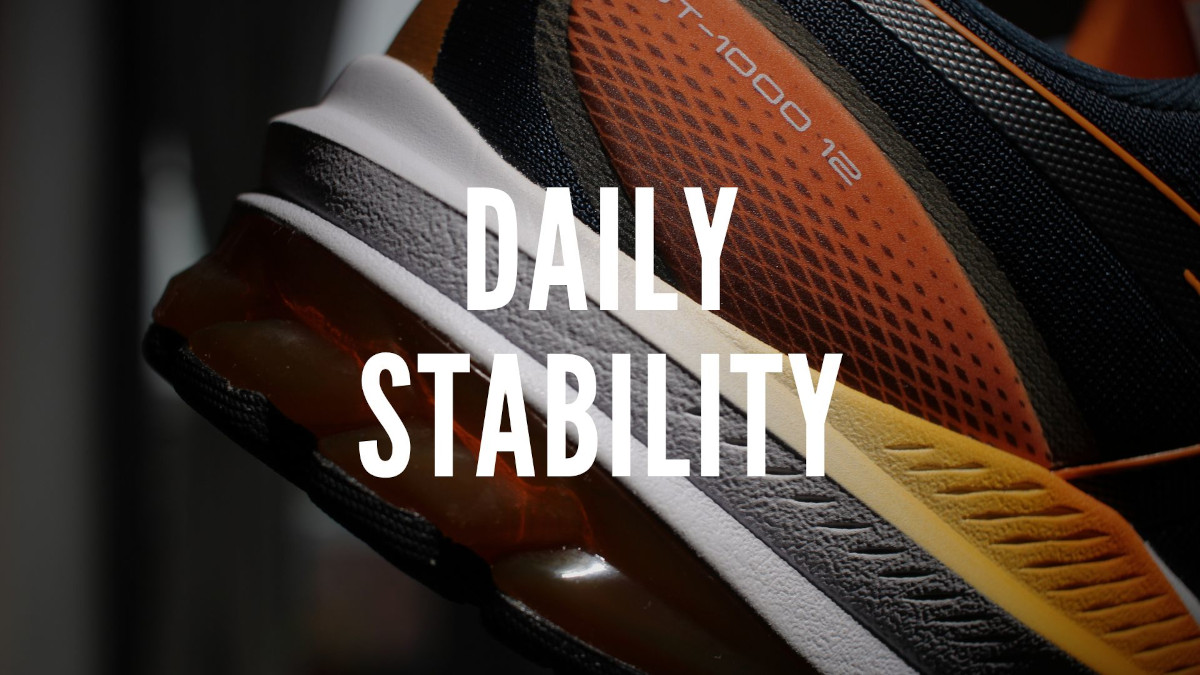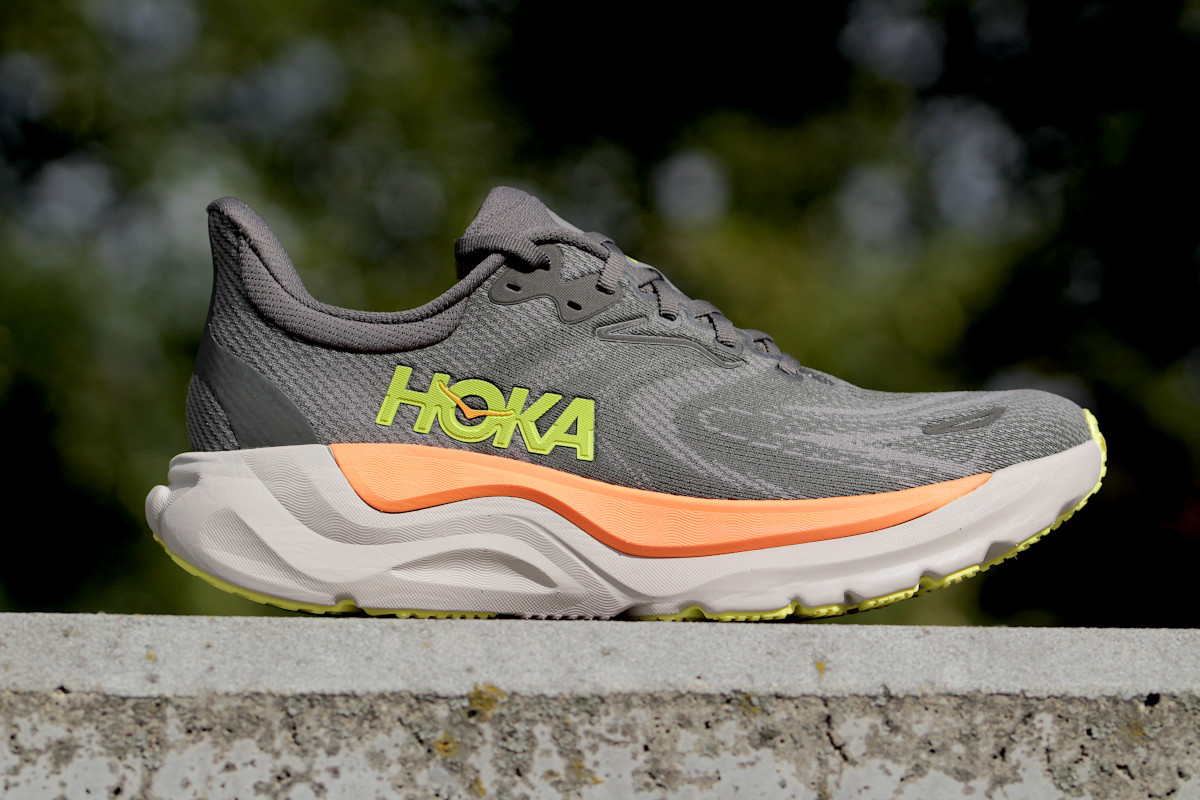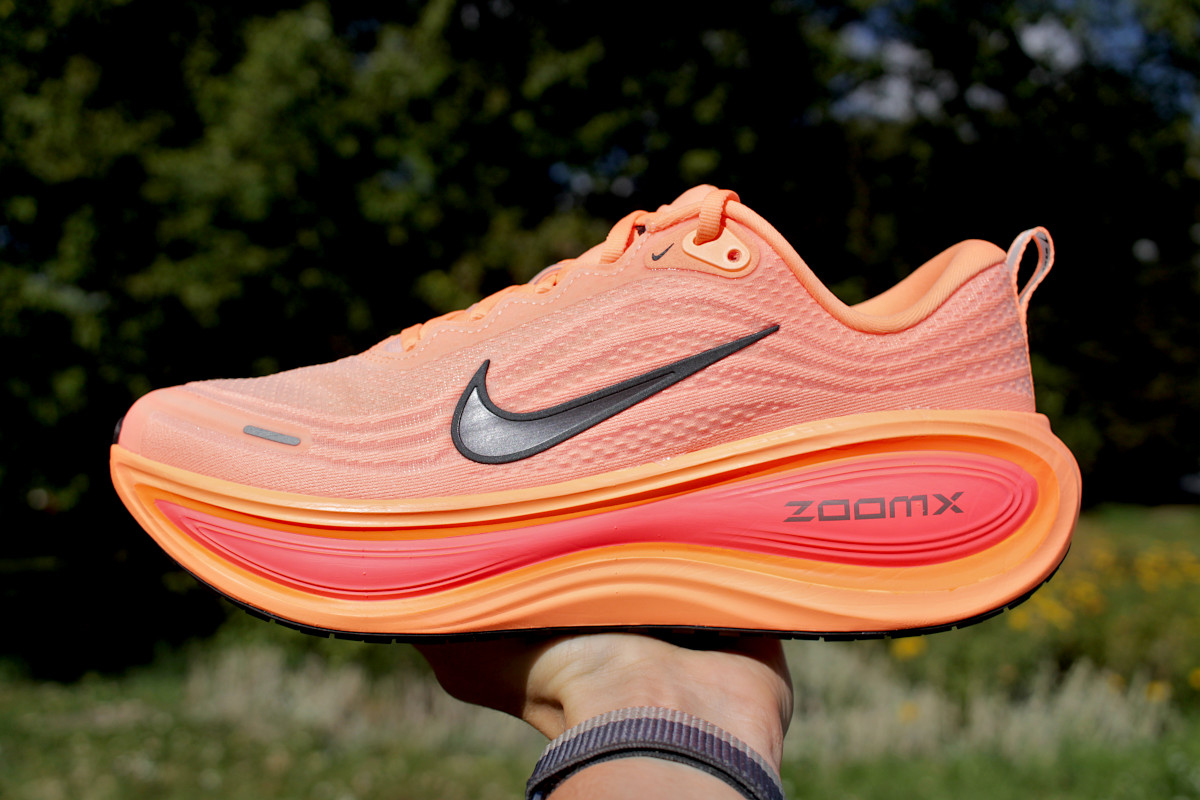New running shoes can tempt you to take them straight to the starting line. However, this can lead to blisters, pain, and unsuccessful competitions. That’s why it’s important to test out your new running shoes beforehand. I also recommend conducting a kind of “dress rehearsal” so that nothing surprises you at the target distance. In this guide, I explain how to effectively prepare your shoes for the distance and how long it takes for them to work with you, not against you.
Adapting to Your Foot
Breaking in running shoes means wearing them for a certain number of kilometers. There are two reasons for this. First, it helps the shoes adapt to the shape of your foot. Here, “adaptation” means gently adjusting the interior of the shoes to the runner’s specific foot. Most shoes are lined with soft materials, such as sponge padding in the heel counter. While these materials are not thermoformable, they are flexible and susceptible to deformation. For this reason, after just a few training sessions, each shoe molds slightly to the runner’s foot. This process becomes more pronounced with each training session. In other words, a perfectly fitted shoe adapts even more to the foot with every kilometer.
Testing Your Shoes Before the Big Day
Breaking in shoes is like a dress rehearsal. When buying shoes, we can evaluate many aspects, such as fit and specific features. We can assess if they are comfortable, if they meet our expectations, and if they are too soft or hard. However, nothing can replace training, even if you spend all day in the store. They say that everything “comes out in the wash,” and sometimes it does and sometimes it doesn’t.
People have different opinions on what a “dress rehearsal” should entail. Some runners prefer to run more kilometers in their shoes before the race, while others are satisfied with one or two training sessions. The planned race distance is also important. The longer the distance, the more worthwhile it is to spend time “breaking in” the shoes.
Fresh Pair for Shorter Races?
Five or ten kilometers is a relatively short distance, so it will be fast. In any case, it’s worth standing at the starting line in well-worn, proven racing shoes. However, with such a short distance, this carries relatively little risk. Even if something goes wrong, we only have a dozen or so minutes of running ahead of us. It’s unlikely to be a big problem.
Of course, there’s always a risk, but I don’t see any major obstacles to running a 5K or 10K in new, unbroken-in shoes.
New Shoes Before a Half Marathon or Marathon?
The longer the distance, the greater the risk. A slight discomfort that appeared after five kilometers and didn’t affect the run can significantly hinder or ruin a marathon. That’s why these shoes aren’t ideal for long half-marathon races.
If you plan to use these shoes for training and running a marathon, buy them a few weeks beforehand and simply train in them during that time. During this time, you will cover several dozen or a hundred kilometers, which is enough to “break in” and test the shoes. You should also do at least one long run in them during this time to see how they perform during the second and third hours of running.
However, don’t overdo it because every running shoe has a limited lifespan and loses its cushioning properties over time. Ideally, you should break in and “run in” these shoes after 100–200 kilometers. After that, nothing will change except the gradual loss of cushioning with each subsequent hundred kilometers. This is why it’s not a good idea to run a marathon in shoes that have been worn for over 1,000 kilometers. Their cushioning will be dramatically worse than when they were new.
How to Break In Carbon-Plated Racers
However, if you are considering racing shoes, especially the most advanced carbon super shoes, the situation is slightly different. It’s important to consider their significantly shorter lifespan compared to most everyday training shoes. It’s not worth wearing them out by running hundreds of kilometers in them. Before a half marathon or marathon, two or three runs of several kilometers at racing pace should suffice. Once you’ve run about 50 kilometers in these shoes, they’re usually ready to go.
Then, put them away in a box, and do the rest of your training before the race in more cushioned, durable training shoes.
Final Thoughts
Breaking in shoes means running a certain number of kilometers in them to test and mold them to your feet. While it’s always best to wear broken-in shoes at the start, it also depends on the target distance. For a 5K, you can start in shoes straight out of the box. It’s a relatively small risk. For a marathon, however, you should have shoes that you have worn for a certain number of kilometers and tested in training or competitions over shorter distances beforehand.




